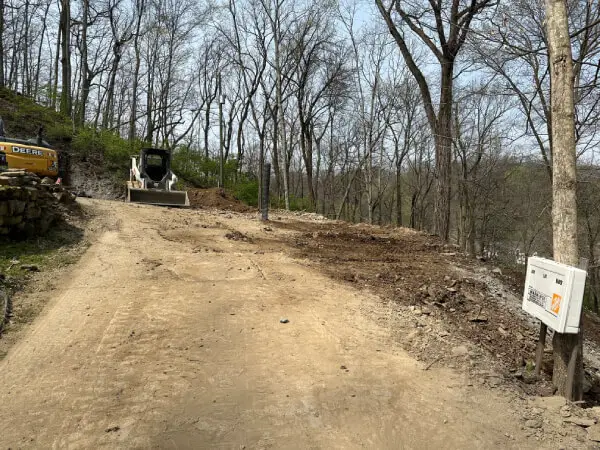Land Clearing
Home > Services > Land Clearing
Land Clearing Services in Franklin, TN
Start Fresh with Professional Land Clearing
Before any construction, landscaping, or development can begin, the land needs to be cleared safely and properly. At Franklin Excavation, we provide efficient and affordable land clearing services for homeowners, builders, and developers throughout Middle Tennessee.
Whether it’s a small residential lot or several wooded acres, our team removes trees, brush, stumps, and debris with precision and care—setting the stage for a successful project.
Clear the Way for Progress with Expert Land Clearing

Land Clearing Services We Offer
Tree & Brush Removal
Clear overgrown vegetation, small trees, and underbrush quickly and safely.
Stump Removal
Extract stumps and root systems to prepare for grading or future construction.
Debris Haul-Off
We don’t just clear it—we clean it up and haul it away.
Lot Clearing for New Construction
Prepare your home site or development project with a clean, level start.

Who We Help
Our Land Clearing services are ideal for:
- Homeowners clearing lots for a new build or expansion
- Builders needing timely, reliable site prep
- Developers preparing multi-lot tracts or infrastructure projects
Why It Matters
Improper land clearing can:
- Delay your project
- Damage surrounding trees or soil
- Lead to unexpected costs later in construction

Quality Work from Start to Finish
Expect with Franklin Excavation

Fast Turnaround

Full Clean-Up

Experienced Operators
Serving Franklin and Beyond
Our service area includes:
- Franklin
- Spring Hill
- Columbia
- Brentwood
- College Grove
- Leiper's Fork
- Santa Fe
- South Nashville
- Surrounding Areas
